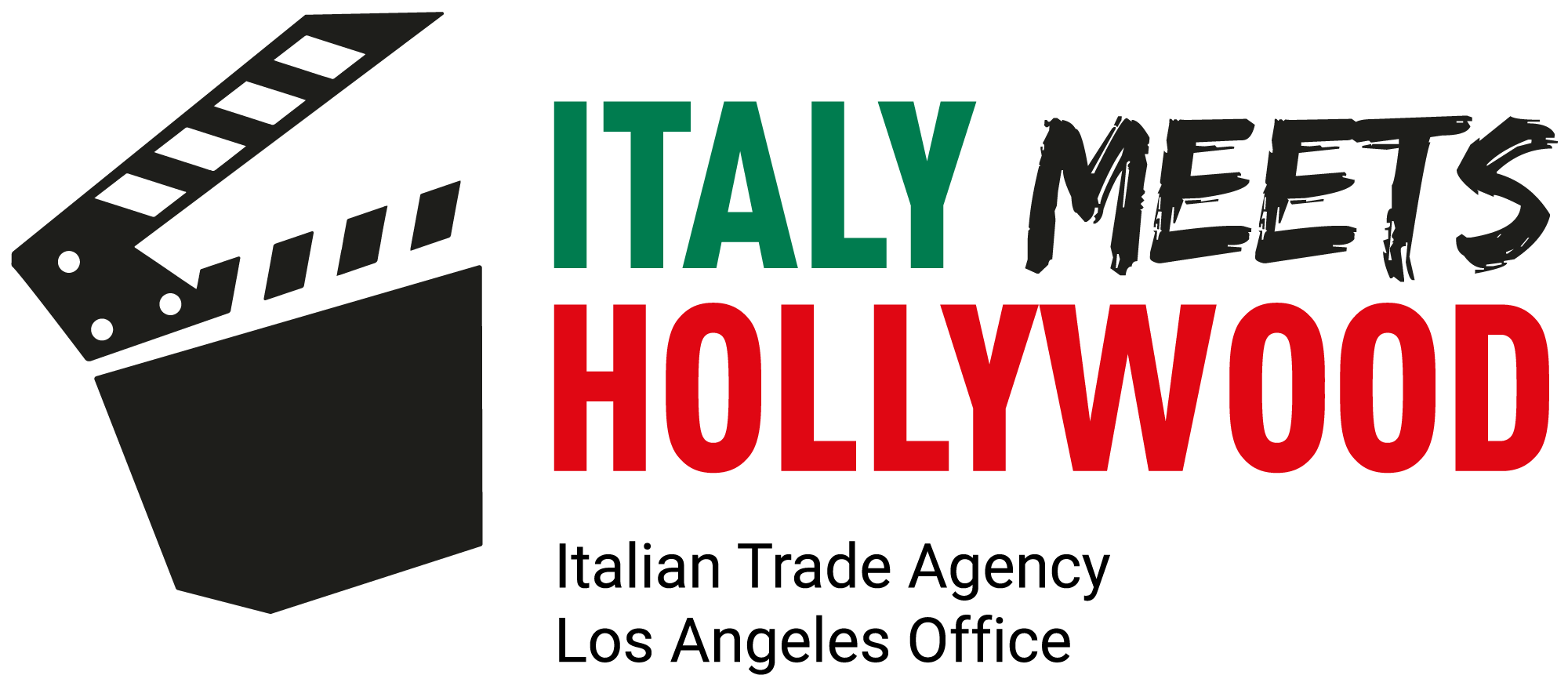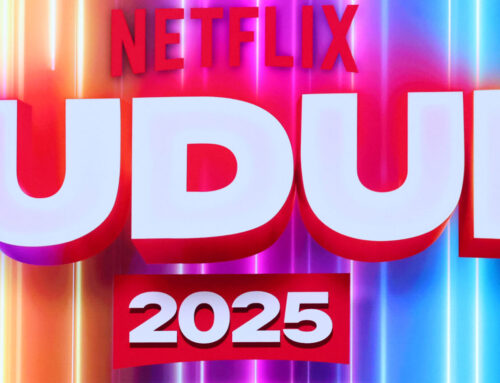Hollywood’s 10 Percent Problem: Is the Film Industry Too Risk-Averse?
A recent study reveals a surprising trend in Hollywood: only 10% of the over 500 movies released or scheduled for release by major studios and streaming platforms between 2022 and 2026 were developed internally. This revelation has sparked a debate about whether the industry’s current approach is the new standard or a sign that it has become excessively risk-averse.
Historically, Hollywood studios have been known for their ability to identify compelling stories, develop scripts, and cast talent, regardless of brand recognition or pre-existing financial commitments. However, according to David Beaubaire, a former executive at Warner Bros., DreamWorks, Paramount, and Sony, the landscape has changed dramatically. Beaubaire’s research shows that only 10% of the 505 films released or planned by the nine major studios and streamers during this period originated from their internal development slates. The remaining 90% were sourced from external packages, intellectual property (I.P.) adaptations, or acquisitions, highlighting a significant shift away from original content creation.
The data further breaks down these 505 studio greenlights: 31% were acquired due to existing talent relationships or competitive situations, 27% were I.P. adaptations, 24% were financed by outside entities, and 9% came from studio-owned specialty divisions. Beaubaire points out that these figures suggest the film industry no longer operates as people believe it does or as it used to. Instead, the industry now prioritizes minimizing risk by favoring projects with proven commercial viability or pre-packaged elements.
Beaubaire argues that the development phase, a critical stage of filmmaking where ideas are shaped into viable projects, is being neglected. Traditionally, studios employed numerous on-set producers to shepherd projects from development to completion. Today, however, producers are rare on studio lots, and development pipelines have become thin. Even though a studio may have hundreds of projects at various stages, most fail to progress beyond the initial stages.
Major streaming platforms have also adopted a more conservative approach, often opting to pay large sums for pre-packaged movies with A-list talent, such as recent films like Wolfs or The Instigators on Apple. While this strategy ensures access to big names, it limits creative control, leaving streaming platforms feeling like inexperienced players in the movie-making game.
The shift away from internal development reflects a broader trend in Hollywood’s evolving business model. The industry’s focus has turned to franchise management and maintaining competitiveness in bidding wars rather than nurturing original ideas. The reliance on big-budget, pre-sold concepts has led to a cycle of familiarity, where only recognizable or proven stories get greenlit.
However, there is an opportunity for change. Beaubaire sees a gap in the market for companies like his own, Sunset Lane Media, which aims to focus on developing original film projects that studios are neglecting—such as smaller books, true stories, and commercial ideas. Beaubaire’s approach involves engaging talent early in the process, reversing the trend that development is wasted money, and positioning his company as a consulting firm for creativity and development.
Other companies, such as MRC, Fifth Season, and Artists Equity, are also moving into this space, packaging projects and selling them to the highest bidders. However, Beaubaire’s vision differs; he seeks to partner with studios to add value to the development process and bring producers back into the fold, ultimately revitalizing the role of development in creating new franchises.
In conclusion, Hollywood’s increasing reliance on pre-branded and externally packaged content is a departure from its historic roots in original filmmaking. While this approach may reduce risk, it limits the industry’s creative potential. To sustain long-term growth and attract audiences with fresh, engaging stories, Hollywood may need to refocus on development and take more chances on original ideas.
Source: Podcast “The Town”
Share:
A recent study reveals a surprising trend in Hollywood: only 10% of the over 500 movies released or scheduled for release by major studios and streaming platforms between 2022 and 2026 were developed internally. This revelation has sparked a debate about whether the industry’s current approach is the new standard or a sign that it has become excessively risk-averse.
Historically, Hollywood studios have been known for their ability to identify compelling stories, develop scripts, and cast talent, regardless of brand recognition or pre-existing financial commitments. However, according to David Beaubaire, a former executive at Warner Bros., DreamWorks, Paramount, and Sony, the landscape has changed dramatically. Beaubaire’s research shows that only 10% of the 505 films released or planned by the nine major studios and streamers during this period originated from their internal development slates. The remaining 90% were sourced from external packages, intellectual property (I.P.) adaptations, or acquisitions, highlighting a significant shift away from original content creation.
The data further breaks down these 505 studio greenlights: 31% were acquired due to existing talent relationships or competitive situations, 27% were I.P. adaptations, 24% were financed by outside entities, and 9% came from studio-owned specialty divisions. Beaubaire points out that these figures suggest the film industry no longer operates as people believe it does or as it used to. Instead, the industry now prioritizes minimizing risk by favoring projects with proven commercial viability or pre-packaged elements.
Beaubaire argues that the development phase, a critical stage of filmmaking where ideas are shaped into viable projects, is being neglected. Traditionally, studios employed numerous on-set producers to shepherd projects from development to completion. Today, however, producers are rare on studio lots, and development pipelines have become thin. Even though a studio may have hundreds of projects at various stages, most fail to progress beyond the initial stages.
Major streaming platforms have also adopted a more conservative approach, often opting to pay large sums for pre-packaged movies with A-list talent, such as recent films like Wolfs or The Instigators on Apple. While this strategy ensures access to big names, it limits creative control, leaving streaming platforms feeling like inexperienced players in the movie-making game.
The shift away from internal development reflects a broader trend in Hollywood’s evolving business model. The industry’s focus has turned to franchise management and maintaining competitiveness in bidding wars rather than nurturing original ideas. The reliance on big-budget, pre-sold concepts has led to a cycle of familiarity, where only recognizable or proven stories get greenlit.
However, there is an opportunity for change. Beaubaire sees a gap in the market for companies like his own, Sunset Lane Media, which aims to focus on developing original film projects that studios are neglecting—such as smaller books, true stories, and commercial ideas. Beaubaire’s approach involves engaging talent early in the process, reversing the trend that development is wasted money, and positioning his company as a consulting firm for creativity and development.
Other companies, such as MRC, Fifth Season, and Artists Equity, are also moving into this space, packaging projects and selling them to the highest bidders. However, Beaubaire’s vision differs; he seeks to partner with studios to add value to the development process and bring producers back into the fold, ultimately revitalizing the role of development in creating new franchises.
In conclusion, Hollywood’s increasing reliance on pre-branded and externally packaged content is a departure from its historic roots in original filmmaking. While this approach may reduce risk, it limits the industry’s creative potential. To sustain long-term growth and attract audiences with fresh, engaging stories, Hollywood may need to refocus on development and take more chances on original ideas.
Source: Podcast “The Town”









